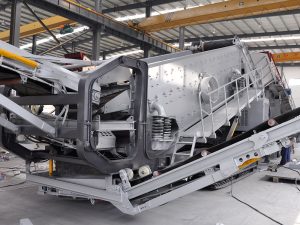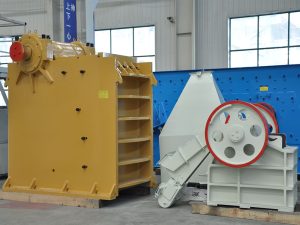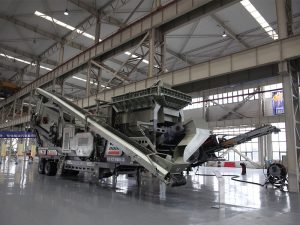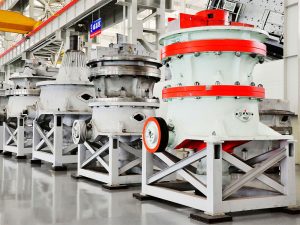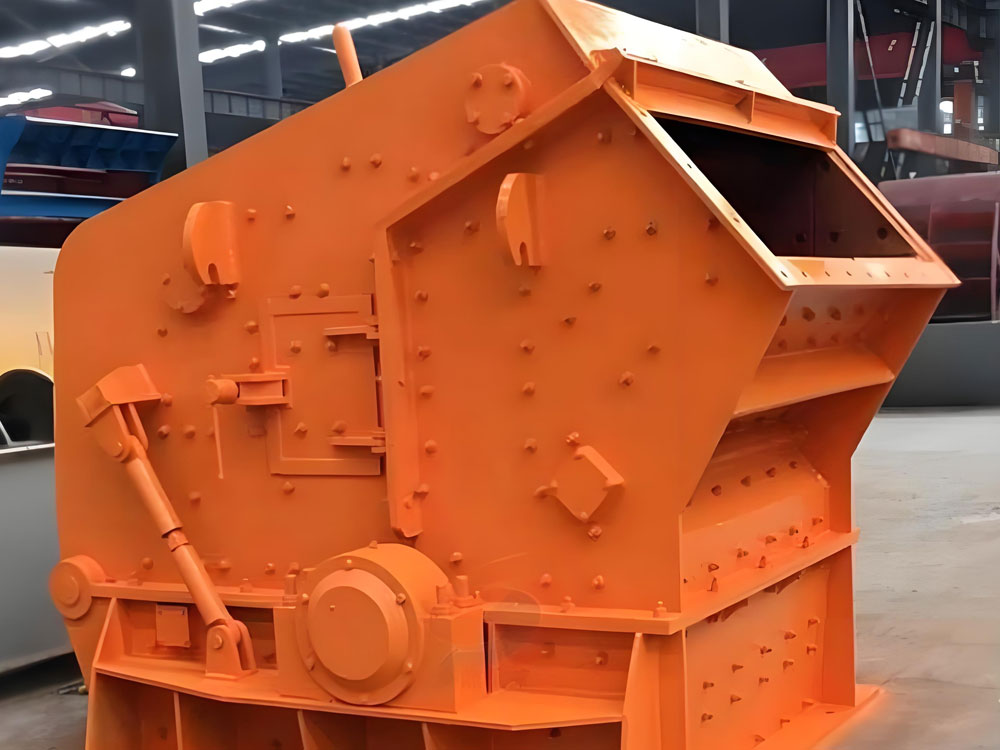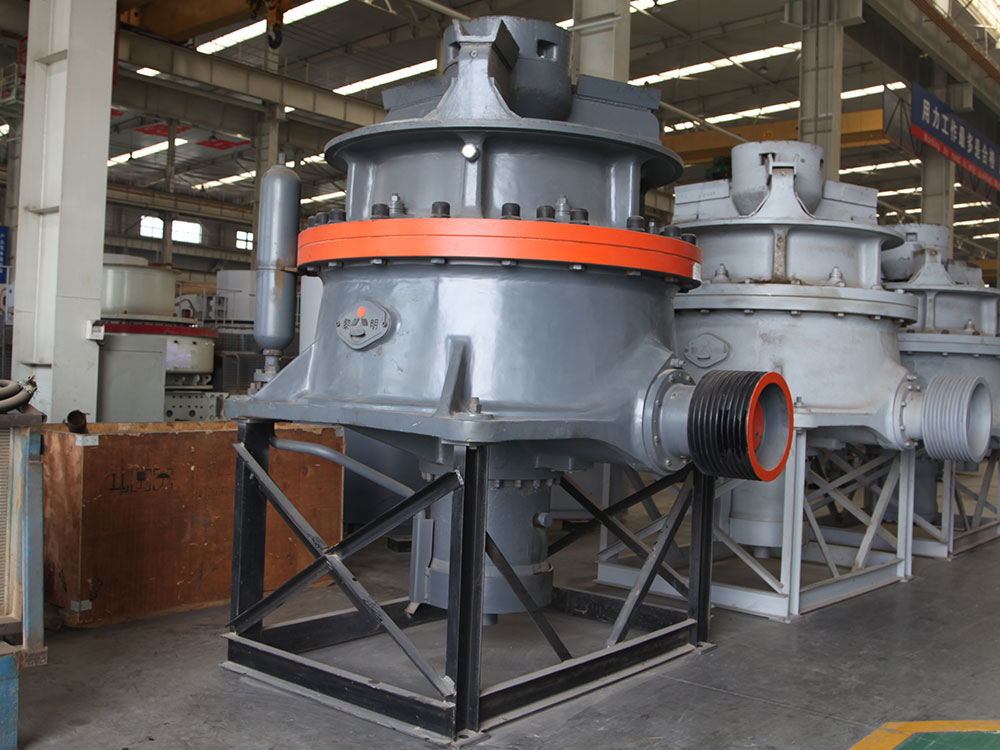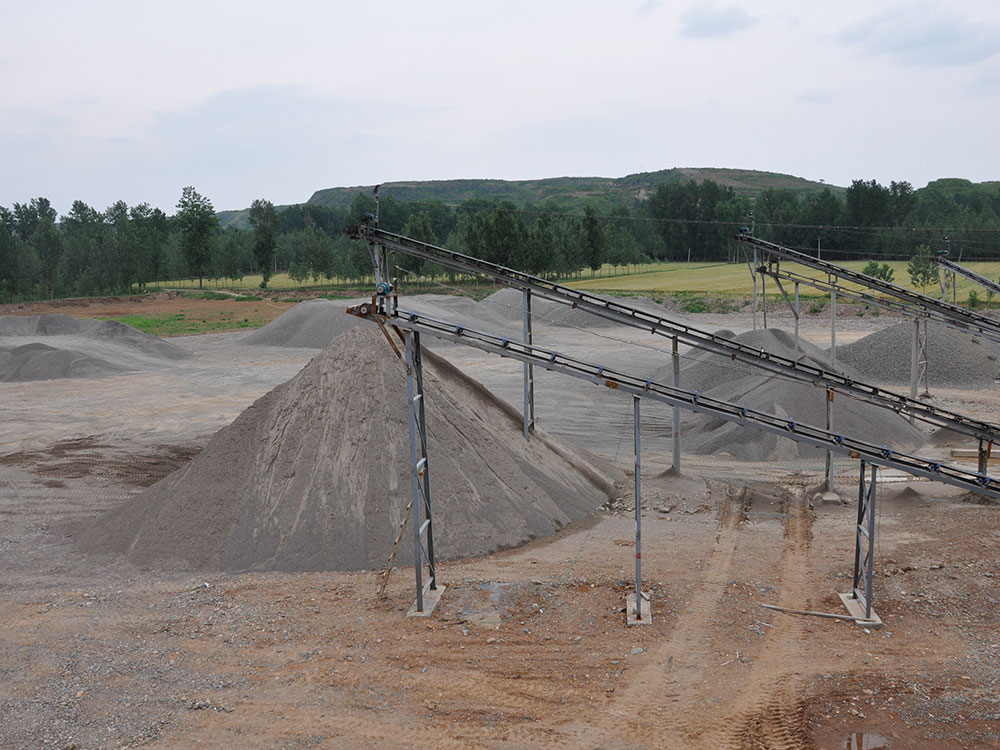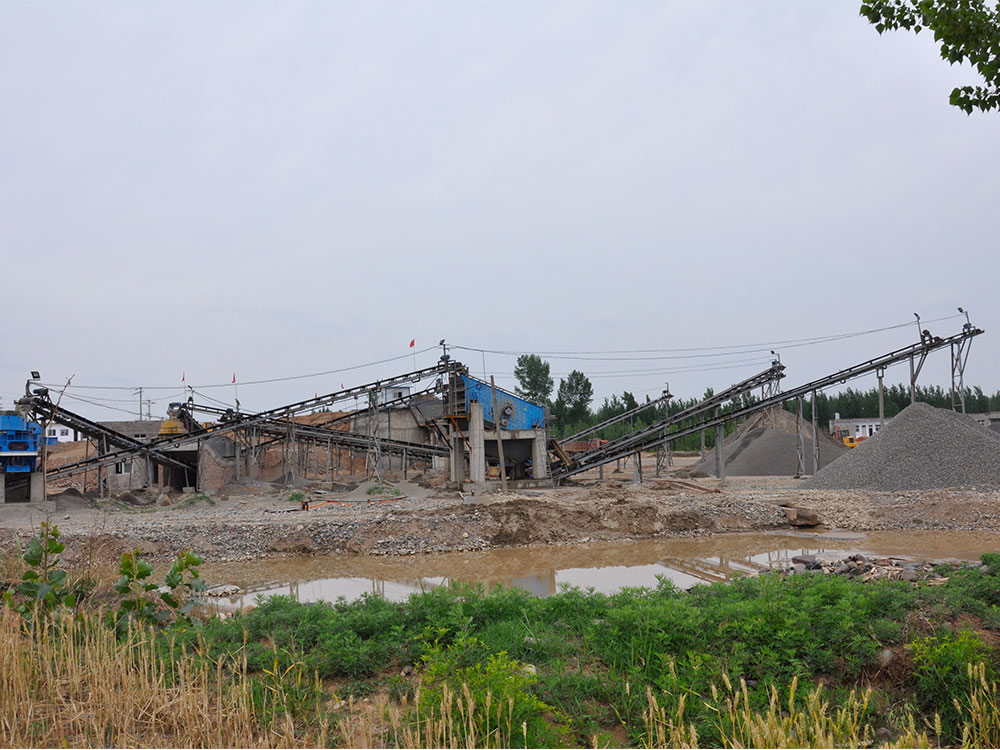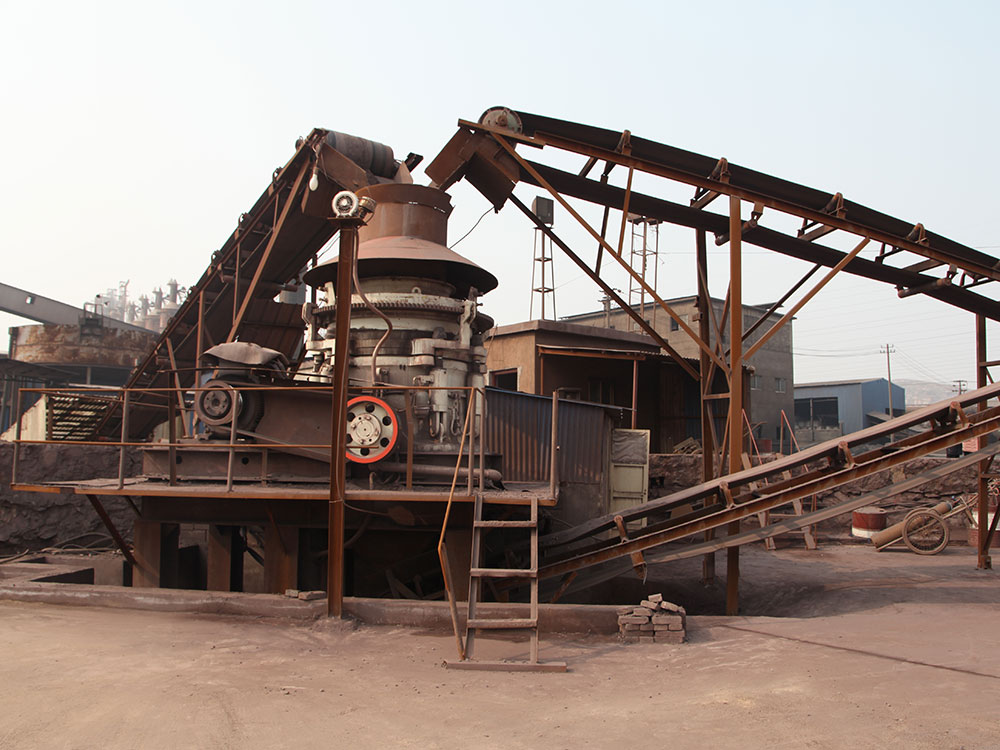In the mining, construction, and aggregate industries, choosing the right crushing equipment is critical for optimizing productivity and cost-efficiency. Two of the most widely used machines are the impact crusher and cone crusher, each offering distinct advantages depending on operational requirements. This article explores the performance differences and applicable scenarios of impact crusher and cone crusher, delving into their working principles, technical specifications, and ideal use cases.
Impact Crusher Operating Mechanism
The impact crusher operates by accelerating materials into a rigid surface or impact plate using high-speed rotors fitted with blow bars. As materials collide with the plates, they fracture into smaller, uniform-sized particles. This process is ideal for producing cubical-shaped aggregates and works exceptionally well for soft to medium-hard materials like limestone, recycled concrete, and asphalt.
Key features of an impact crusher:
- High rotor speed (500–800 RPM) for efficient crushing. - Adjustable aprons/curtains to control output size.
- Minimal fines production in secondary or tertiary stages.
Cone Crusher Crushing Process
In contrast, the cone crusher utilizes a gyrating spindle enclosed in a concave-lined crushing chamber. As the spindle rotates, it compresses materials between the mantle and concave, resulting in gradual size reduction. Cone crushers excel in processing hard, abrasive materials such as granite, basalt, and iron ore, delivering consistent particle size distribution.
Key features of a cone crusher:
- Hydraulic or mechanical adjustment for precise output control.
- Higher crushing force for harder materials.
- Lower energy consumption in continuous operations.
Key Performance Differences Between Impact Crusher and Cone Crusher
When evaluating the performance differences of impact crusher and cone crusher, several factors stand out.
Crushing Efficiency and Output Shape
Impact Crusher: Produces cubical, well-shaped aggregates ideal for construction projects. However, its efficiency drops with extremely hard materials.
Cone Crusher: Generates more elongated particles but maintains high efficiency with hard, abrasive rocks.
Maintenance and Operational Costs
Impact Crusher: Higher wear on blow bars and aprons in abrasive applications, increasing replacement costs.
Cone Crusher: Longer-lasting manganese liners reduce downtime, though initial purchase costs are generally higher.
Energy Consumption
Impact Crusher: Consumes more power in high-speed operations but performs better in softer material scenarios.
Cone Crusher: Optimized for energy efficiency in continuous, high-tonnage crushing of hard materials.
Applicable Scenarios for Impact Crusher and Cone Crusher
The impact crusher shines in scenarios requiring:
- Recycling: Crushing demolished concrete, bricks, or asphalt.
- Aggregate Production: Creating cubical aggregates for road construction or landscaping.
- Soft to Medium-Hard Materials: Limestone, coal, gypsum.
Cone Crusher Applications
- Mining Operations: Processing hard ores (e.g., copper, gold).
- Quarrying: Crushing granite, basalt, or other igneous rocks.
- High-Capacity Requirements: Continuous feeding in large-scale aggregate plants.
Choosing Between Impact Crusher and Cone Crusher
Selecting the right equipment depends on these variables:
1. Material Hardness: Use an impact crusher for softer materials and a cone crusher for hard, abrasive rocks.
2. Desired Output Shape: Prioritize cubical aggregates? Opt for an impact crusher.
3. Production Scale: High-capacity plants benefit from cone crushers due to their energy efficiency.
4. Budget Constraints: While impact crushers have lower upfront costs, cone crushers offer lower long-term maintenance expenses.
Future Trends in Crusher Technology
Advancements in automation and sustainability are shaping both impact crushers and cone crushers:
- Smart Controls: IoT-enabled systems optimize crushing parameters in real time.
- Eco-Friendly Designs: Energy-efficient motors and dust suppression systems reduce environmental impact.
- Hybrid Models: Combining impact and cone crushing mechanisms for versatile applications.
Understanding the performance differences and applicable scenarios of impact crusher and cone crusher is essential for maximizing operational efficiency. While impact crushers excel in recycling and producing cubical aggregates, cone crushers dominate in high-capacity, hard-material crushing. By aligning equipment choice with material properties, output goals, and budget, businesses can optimize their crushing processes for long-term success.


